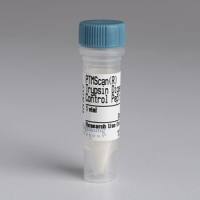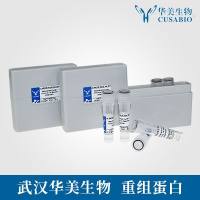Isolation of Regulatory Proteins for the Rab3 Subfamily GTPases
互联网
600
The Rab small GTPase family consists of over sixty members, and is implicated in intracellular vesicle trafficking, which includes exocytosis, endocytosis, and transcytosis (1 –5 ). All the Rab GTPases have unique C-terminal structures, which undergo posttranslational modifications with geranylgeranyl moieties in most cases. Rab GTPases cycle between the guanosine diphosphate (GDP)-bound inactive and guanosine triphosphate (GTP)-bound active forms and between the cytosol and the membranes, and these cyclical activation, inactivation, and translocation processes are regulated by at least three types of regulatory proteins: GDP dissociation inhibitors (GDIs), GDP/GTP exchange proteins (GEPs), and GTPase-activating proteins (GAPs). In the cytosol, a Rab GTPase is maintained in the GDP-bound inactive form by a GDI. The GDP-bound form is first released from the GDI by an unknown mechanism that is coupled to the delivery of a Rab GTPase to a specific membrane compartment (6 ,7 ); the Rab GTPase is subsequently converted to the GTP-bound form by the action of a GEP. The GTP-bound form then interacts with a downstream effector(s). Thereafter, the GTP-bound form is converted to the GDP-bound form by the action of a GAP. The GDP-bound form produced on the membrane then complexes with the GDI and returns to the cytosol as a Rab GTPase-Rab GDI complex. Thus, a characteristic of Rab GTPases is that a cycle of membrane association/dissociation is superimposed onto their GDP/GTP cycle.









